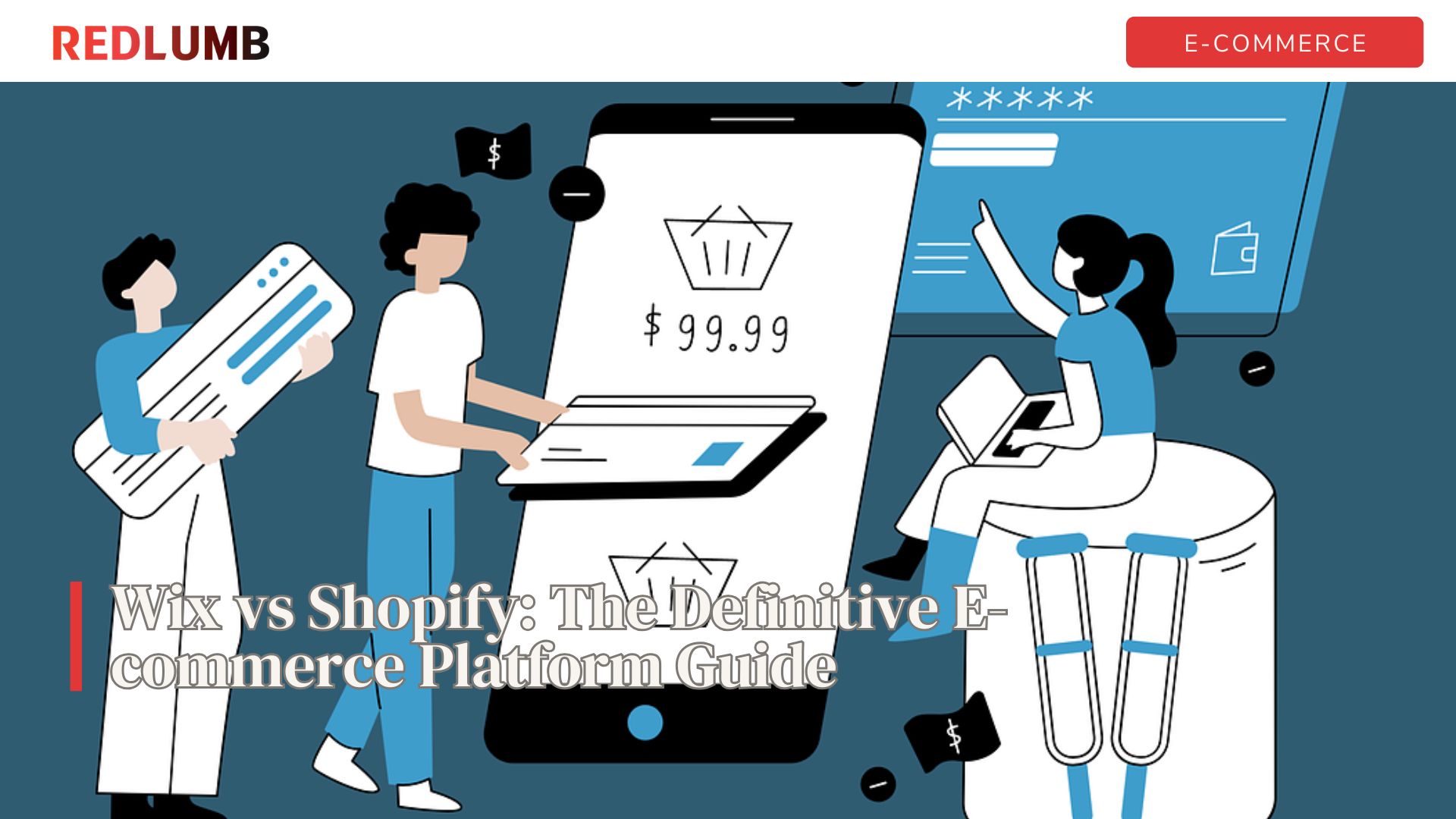Business owners face a critical decision when selecting their e-commerce platform. The market presents two dominant solutions: Wix vs Shopify – each engineered to serve distinct business requirements in 2025.
These enterprise-grade platforms deliver specific advantages for different business models. Shopify is a specialized e-commerce engine with robust scalability features and advanced market tools. Wix distinguishes itself through intuitive design capabilities and flexible content management systems.
Success in digital commerce demands careful evaluation of platform capabilities. Technical requirements, operational budgets, and growth projections are crucial in platform selection. Security protocols, payment processing capabilities, and integration possibilities further define the strategic fit for each business case.
[su_list class=”story-highlight”]Key Takeaways
- Wix suits small businesses with its user-friendly design and lower costs, while Shopify caters to scalable e-commerce needs with advanced features.
- Wix avoids transaction fees, offering affordability for smaller operations; Shopify justifies higher costs with tools for scaling and growth.
- Shopify supports unlimited products and extensive integrations, making it ideal for expansion, whereas Wix is better for smaller, design-focused ventures.[/su_list]
Comparison Table
| Feature | Wix | Shopify |
|---|---|---|
| Target Audience | Small businesses, creative entrepreneurs | Medium to large businesses focused on growth and scalability |
| Design Flexibility | 800+ free templates, AI-powered design tools (Wix ADI), templates can't be changed after selection | 156 professionally designed themes (12 free, premium $170-$380), mobile-responsive and optimized for sales |
| Transaction Fees | None beyond payment processing fees | 0.5% to 2%, depending on the plan |
| Payment Methods | 70+ payment providers | 100+ payment providers |
| E-Commerce Features | Ideal for smaller stores, 50,000 product limit | Unlimited products, advanced inventory management, global sales in 130+ currencies |
| Integration Options | 300+ apps and add-ons | 8,000+ third-party apps |
| SEO and Marketing | Advanced SEO tools, 200 email subscribers on free tier | Built-in marketing tools, 10,000 free emails monthly |
| Pricing | $27-$59/month; no transaction fees | $39-$399/month; lower transaction fees as plan tiers increase |
| Scalability | Suitable for modest inventory needs, less ideal for large-scale growth | Superior scalability with advanced features and integrations |
| Global Capabilities | Supports 180 languages, auto-translation | Localized browser-based redirection, global shipping, fulfillment network |
| Annual Billing Discounts | Not specified | 25% discount on annual billing |
| Inventory Management | Manual/automatic stock updates | Advanced tracking, multi-location management |
| Growth Features | Basic abandoned cart recovery | Advanced growth tools like detailed analytics, customer insights |
Platform Features and Capabilities
Both platforms offer distinct approaches to building and managing online stores, each with powerful features and capabilities.
When it comes to design flexibility, Wix provides an extensive template library with over 800 free designer-made templates, while Shopify offers a more focused selection of 156 professionally designed e-commerce templates. Key template differences include:
- Wix templates are all free but cannot be changed once selected
- Shopify themes include 12 free options with premium themes ranging from $170-$380
- Wix offers AI-powered design tools through Wix ADI
- Shopify emphasizes mobile-responsive designs optimized for sales
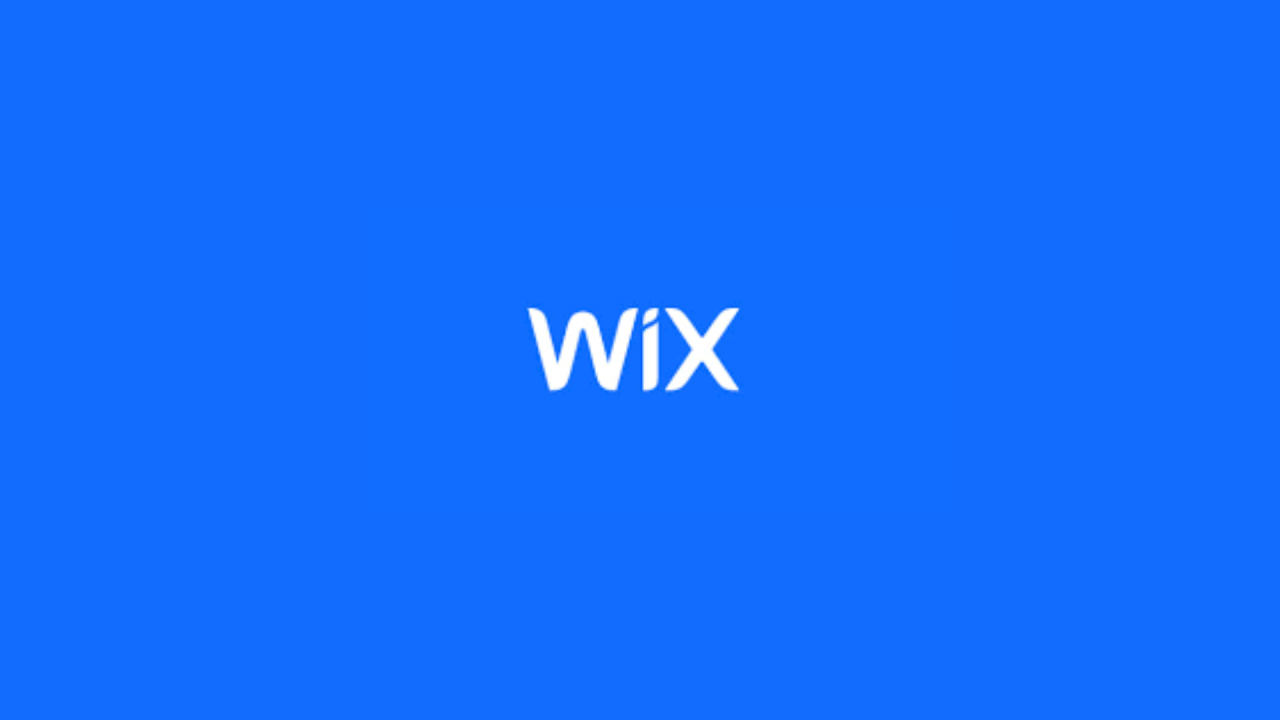
In terms of e-commerce capabilities, Shopify demonstrates its specialized focus with features like built-in fraud detection and PCI-DSS compliance. The platform enables selling in over 130 currencies, making it ideal for global commerce.
The app marketplace reveals a significant difference in extensibility. Shopify boasts an impressive 8,000+ third-party apps, while Wix offers approximately 300 apps and add-ons. Both platforms provide robust security features, including SSL certificates and fraud detection systems.
For payment processing, both platforms integrate with major providers, though Shopify offers 100+ payment methods compared to Wix’s 70+ providers. Notably, Wix doesn’t charge transaction fees, while Shopify applies a 2.9% + $0.30 fee per transaction.
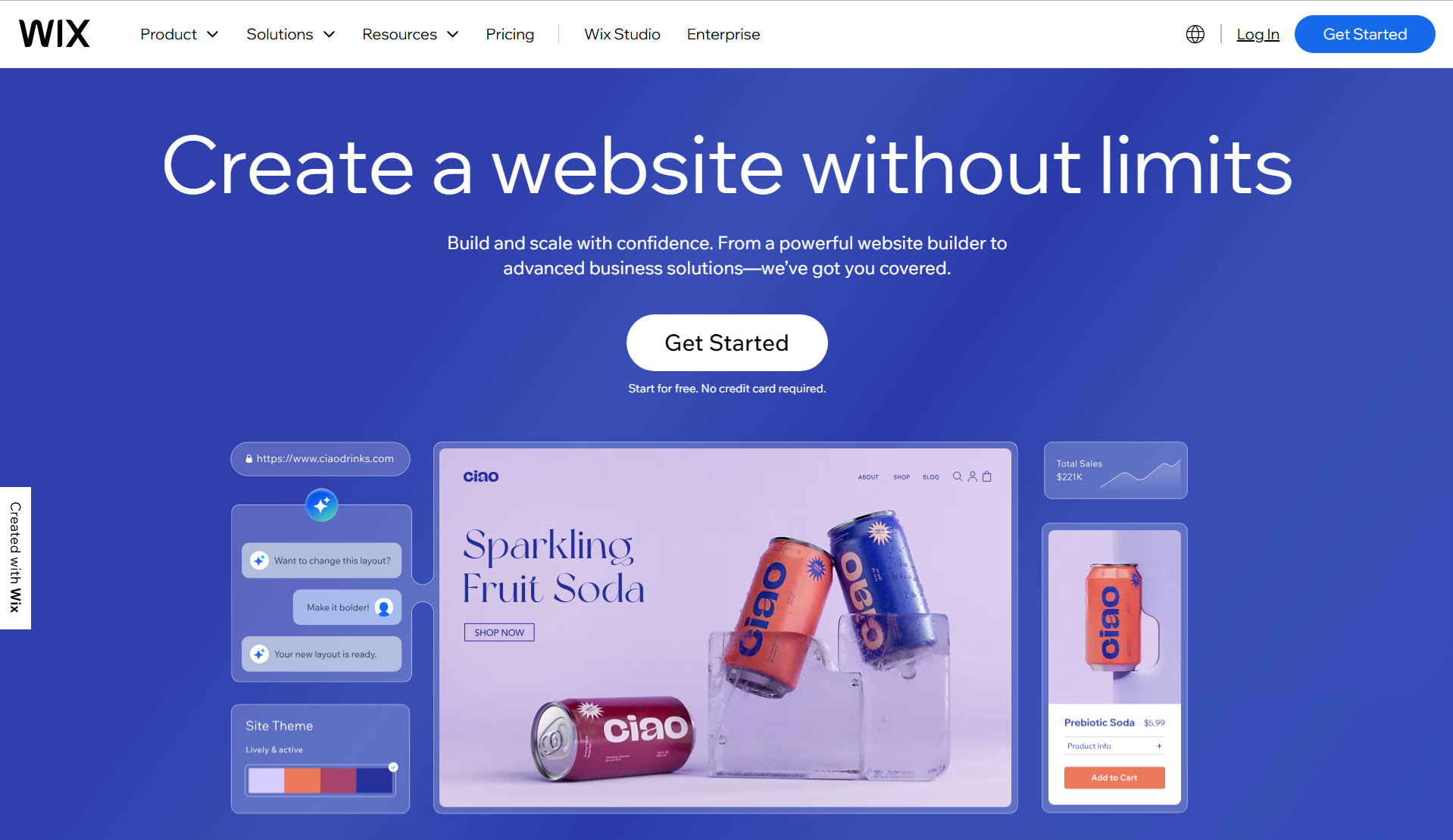
[su_service title=”Important” icon=”icon: exclamation-triangle” icon_color=”#00ae27″ size=”20″ class=”ImportntBox”]Marketing capabilities are comprehensive on both platforms, with built-in SEO tools and email marketing features. Wix particularly excels in SEO customization, offering tools like meta titles, custom URLs, and integration with Google Analytics.[/su_service]
Pricing and Value Analysis
What’s the real cost difference between these e-commerce giants, and which platform offers better value for your investment?
When comparing Wix vs Shopify pricing, businesses need to consider both upfront costs and long-term value. Wix’s e-commerce plans start at $27 per month for the Basic plan, scaling up to $59 per month for the VIP plan. Shopify’s pricing begins at $39 per month for the Basic plan and extends to $399 per month for Advanced Shopify.
Key pricing considerations include:
- Wix charges no transaction fees beyond payment processing
- Shopify’s transaction fees range from 0.5% to 2%, depending on the plan
- Both platforms charge payment processing fees of 2.9% + $0.30 for standard transactions
For smaller businesses, Wix often proves more cost-effective. A business processing 50 transactions monthly at $50 each would pay approximately $114.50 in total fees with Wix, compared to $144 with Shopify. However, as sales volume increases, Shopify’s advanced features and lower transaction rates become more valuable.
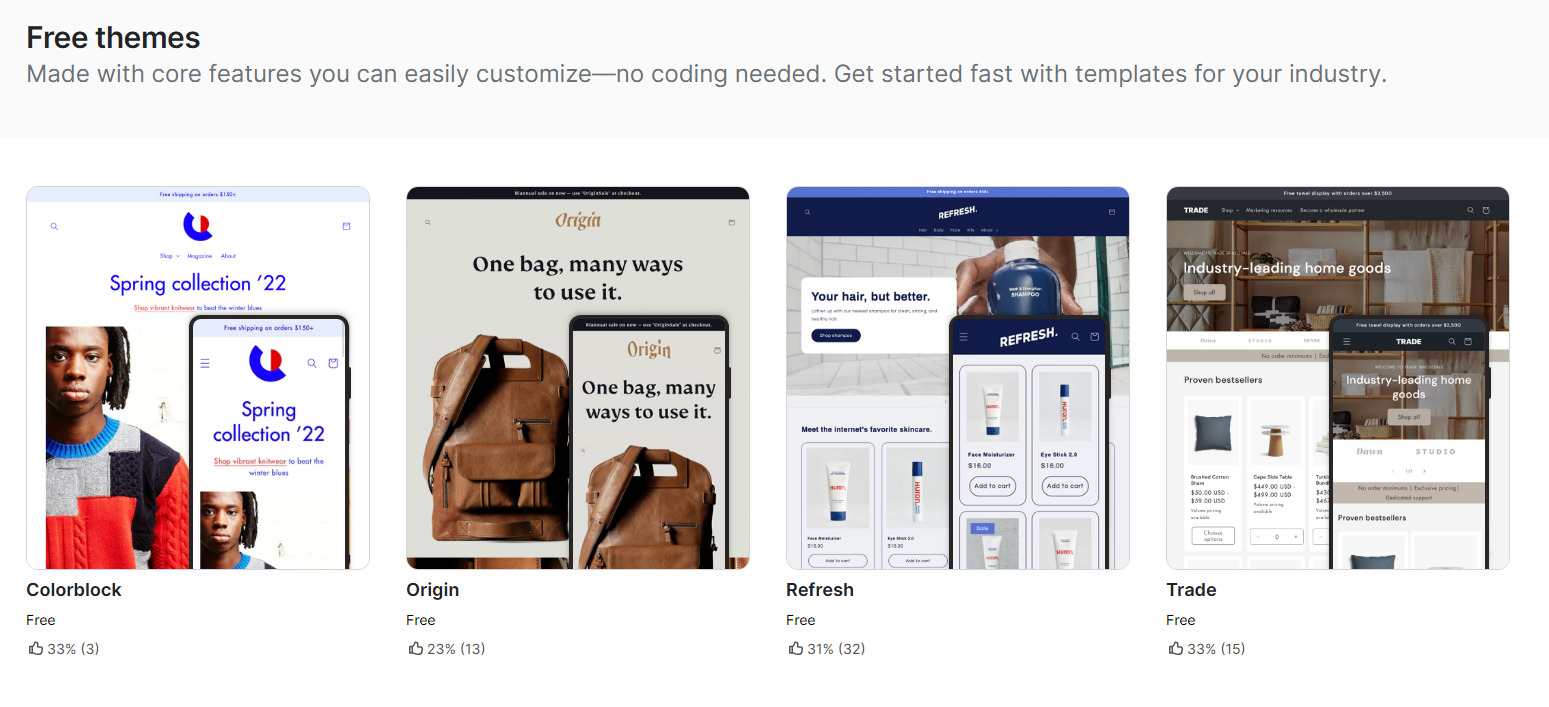
[su_service title=”Info” icon=”icon: info-circle” icon_color=”#000″ size=”20″ class=”InfoBox”]Shopify offers additional value through its extensive app marketplace and advanced analytics tools. The platform provides more robust inventory management systems and detailed inbound traffic and customer profiles, making it a stronger long-term investment for growing businesses. Wix counters with unlimited staff accounts and includes carrier-calculated shipping rates in its lowest plan, while Shopify requires an upgrade to access this feature.[/su_service]
Both platforms offer annual billing discounts, with Shopify providing a 25% reduction when paid annually. For businesses requiring enterprise-level solutions, Shopify Plus starts at $2,000 per month, while Wix’s enterprise plans are customized based on business needs.
Business Growth and Scalability
When scaling an online business, which platform provides the infrastructure to support exponential growth?
The fundamental difference lies in their scalability limits. Shopify offers unlimited product capacity, while Wix caps at 50,000 products, making Shopify more suitable for rapidly expanding businesses.
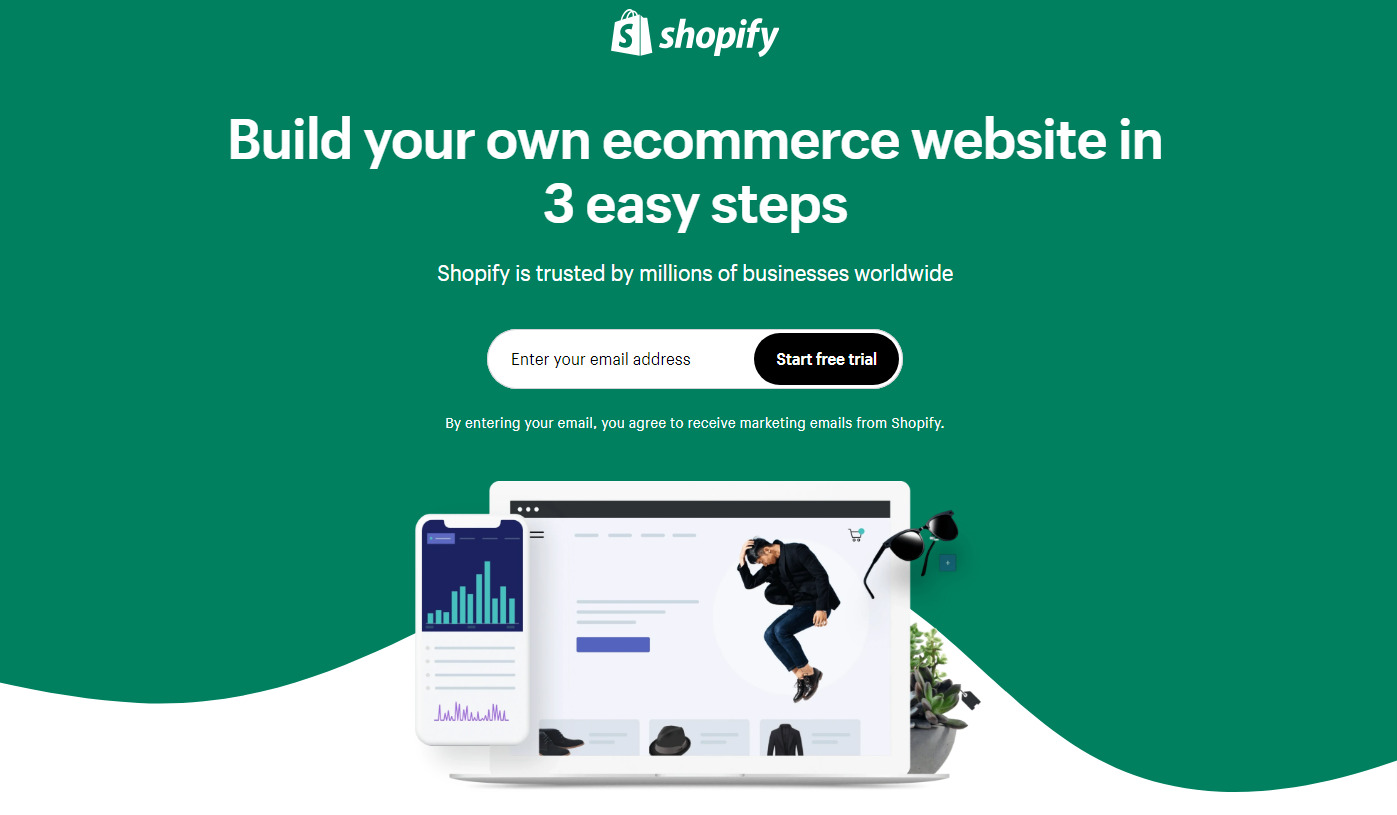
For inventory management, both platforms offer distinct approaches:
- Shopify provides advanced tracking features, purchase order management, and multi-location inventory control
- Wix offers two basic inventory management methods: automatic tracking and manual stock status updates
Shopify’s ecosystem demonstrates superior scalability with over 6,000 e-commerce-specific integrations, compared to Wix’s 500+ integrations. This extensive app marketplace enables businesses to adapt and expand their operations seamlessly.
For international growth, both platforms have made significant strides. Wix supports 180 languages with automatic translation capabilities, while Shopify has enhanced its localization features with automatic visitor redirection based on browser language. Shopify’s fulfilment network handles international shipping and returns, offering shipping discounts of up to 89% as businesses scale.
Marketing capabilities align with growth needs differently. Shopify allows sending 10,000 free emails monthly, while Wix’s free tier supports 200 subscribers per month. Both platforms provide essential growth tools like abandoned cart recovery and customer winback features, though Shopify’s extensive integration options provide more advanced scaling possibilities.
Read More:
- Webflow vs WordPress: Which Platform is Best for Your Website?
- Wix Vs. WordPress: Which Website Builder is the Best?
- Static Website vs Dynamic Website: Which One is Right for Your Business?
- BigCommerce vs Shopify: The Best E-Commerce Platform?
- WooCommerce Vs Shopify: What Is Better For Your Online Business?
Wrapping It Up
The choice between Wix and Shopify depends largely on business size, growth plans, and specific needs. Each platform offers distinct advantages that cater to different types of online stores.
Wix stands out as an excellent choice for small businesses and creative entrepreneurs. The platform’s user-friendly interface, extensive template library, and lower cost structure make it ideal for stores with modest inventory needs. Business owners who prioritize design flexibility and require minimal technical expertise will find Wix’s offerings particularly appealing.
Shopify emerges as the stronger option for businesses focused on rapid growth and scalability. The platform’s robust e-commerce features, an extensive app marketplace, and advanced inventory management systems position it well for medium to large enterprises. Though initially more expensive, Shopify’s specialized tools and integrations prove valuable as businesses expand their operations.
Both platforms deliver reliable e-commerce solutions with essential features like secure payment processing, marketing tools, and mobile responsiveness. Small business owners might find better value in Wix’s straightforward pricing and unlimited staff accounts, while growing enterprises will benefit from Shopify’s advanced features and extensive customization options.
Moiz Banoori is a Digital Marketing specialist with over eight years of experience in content creation and digital journalism. He leads teams at various brands and focuses on developing effective SEO strategies that enhance online visibility. With a degree in journalism, Moiz combines his passion for storytelling with technical skills to deliver innovative digital solutions at REDLUMB, helping clients achieve their online goals in a competitive landscape.

